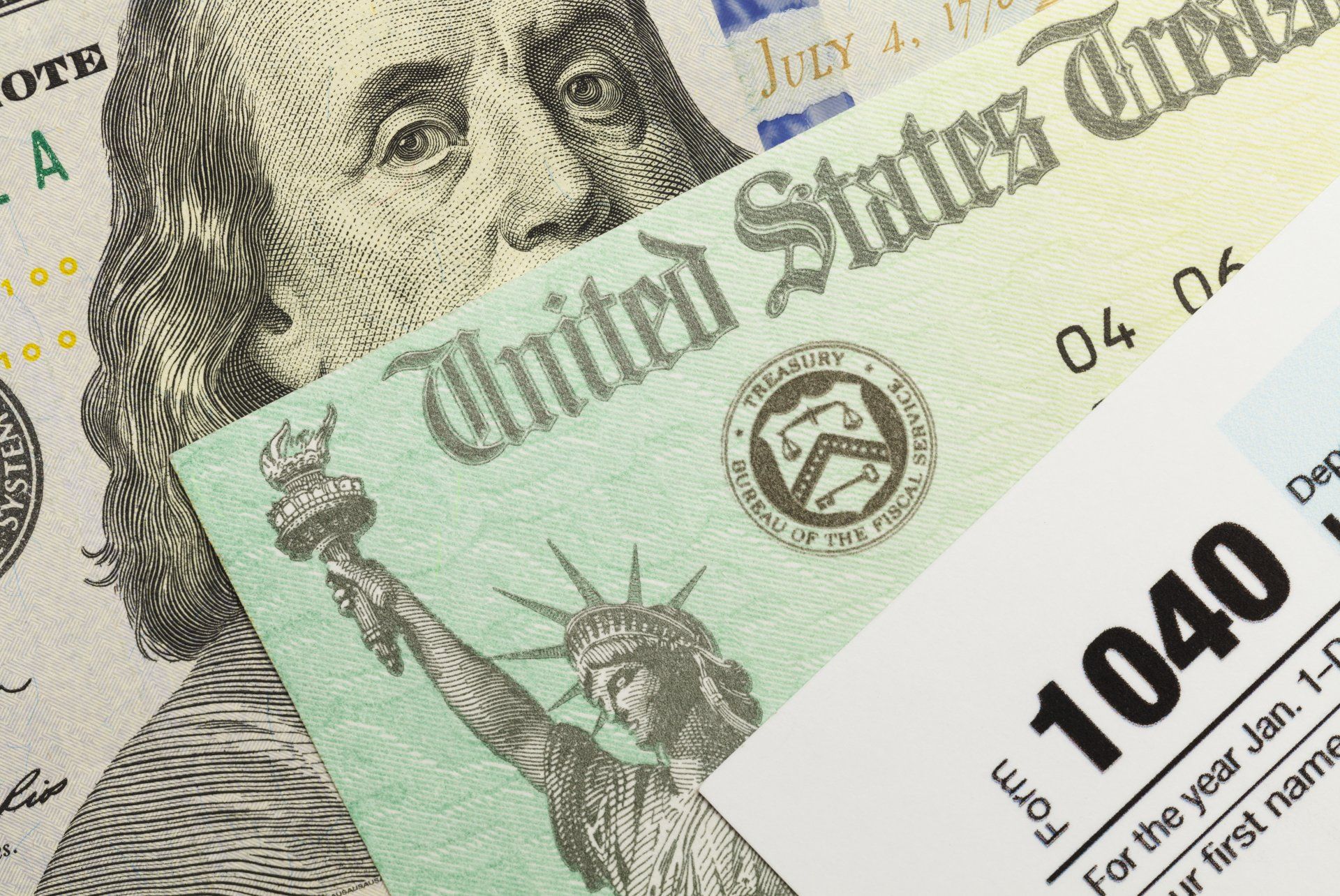Coronavirus Relief and Nonprofits
April 14, 2002

by Gregory S. Dowell
April 14, 2020
Nonprofit organizations have been treated oddly in most of the COVID-19 relief measures that we’ve seen thus far. While some (not all) nonprofits have been included in various ways, the treatment has been uneven and even a bit perplexing. Here is how we analyze the major relief packages for nonprofits:
- Paycheck Protection Program Loan – 501(c)(3) organizations are included in probably the most talked-about measure, the Paycheck Protection Program Loan. Not all nonprofits are included – for instance, 501(c)(6) organizations are excluded. Faith-based organizations and houses of worship are included. The PPPL allows nonprofits (like businesses) to qualify for a very low interest rate loan that is 2.5 times their average monthly payroll, plus certain add-ons, like payroll taxes and benefits. The most enticing part of the PPPL is that a portion of that loan – the amount spent on qualifying expenditures in the immediate 8 weeks following funding – is forgivable debt, functioning just like a government grant. Unfortunately, many small nonprofits don’t have significant payroll – many rely on volunteers or paying their staffs at very low rates. The lack of payroll limits the dollar amount of this loan, as well as the forgivable feature.
- Economic Injury Disaster Loan – the EIDL may be one of the better resources for a broad range of nonprofits. It is primarily an opportunity for a low interest loan, however, as the forgivable “grant” feature is limited to $10,000. The loans are available for up to $2 million. While payroll is still a key component in determining the loan amount, it appears that the loan provisions are broader and include other costs incurred due to the disruption. Unlike the PPPL, the loans are based on a credit score and more traditional underwriting. The first $200,000 borrowed does not require a personal guarantee or collateral (unlike the PPPL, which has no personal guarantee or collateral requirements). The interest rate on the loan is 2.75% for nonprofits. Just like the PPPL, a nonprofit must have 500 or fewer employees – not an issue, typically, for small nonprofits. Just like the PPPL, faith-based organizations and houses of worship are eligible.
- Employee Retention Credit – The Treasury Department and the Internal Revenue Service have launched the Employee Retention Credit, designed to encourage businesses to keep employees on their payroll during the coronavirus crisis. The refundable tax credit is 50% of up to $10,000 in wages paid by an eligible employer whose business has been financially impacted by COVID-19. The credit is available to all employers regardless of size, including tax-exempt organizations, but the credit is not available to state and local governments. Also excluded are small businesses that take small business loans. Qualifying employers must fall into one of two categories: (1) the employer’s business is fully or partially suspended by government order due to COVID-19 during the calendar quarter; and (2) the employer’s gross receipts are below 50% of the comparable quarter in 2019. Once the employer’s gross receipts go above 80% of a comparable quarter in 2019, they no longer qualify after the end of that quarter. The credit, calculated quarterly, is 50% of qualifying wages paid, up to $10,000 in total. Wages paid after March 12, 2020, and before Jan. 1, 2021, are eligible for the credit. Wages are not limited to cash payments, but also include a portion of the cost of employer provided health care. Qualifying wages are based on the average number of a business’s employees in 2019. For employers with 100 or fewer employees, the credit is based on wages paid to all employees, regardless if they worked or not. If the employees worked full time and were paid for full time work, the employer still receives the credit. For employers with more than 100 employees, the credit is allowed only for wages paid to employees who did not work during the calendar quarter. Employers can be immediately reimbursed for the credit by reducing their required deposits of payroll taxes that have been withheld from employees’ wages by the amount of the credit. Eligible employers will report their total qualified wages and the related health insurance costs for each quarter, on their quarterly employment tax returns or Form 941 beginning with the second quarter. If the employer’s employment tax deposits are not sufficient to cover the credit, the employer may receive an advance payment from the IRS by submitting Form 7200, Advance Payment of Employer Credits Due to COVID-19.










